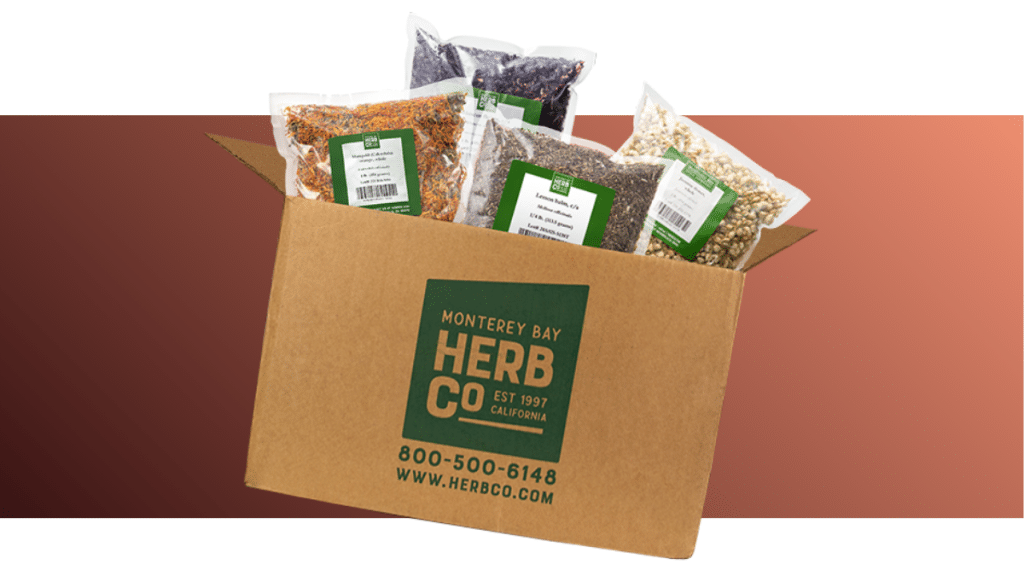communication helps bridge the gap between curiosity and confident purchase.
When customers encounter a supplement they’ve never heard of, what makes them trust — or walk away? The answer isn’t as simple as price or packaging. For lesser-known herbal products, especially tinctures featuring unfamiliar botanicals, hesitation often stems from uncertainty.
Consumers may question a product’s origins, efficacy, or even its safety. In contrast to household-name herbs like turmeric or ginseng, newer or culturally unfamiliar plant-based remedies face a credibility gap.
For retailers, this presents a core dilemma: How do you earn consumer confidence in herbal tinctures without resorting to oversimplified promises or hollow marketing language? The answer doesn’t lie in hype. It begins with education, context, and a deeper commitment to transparency — three pillars that can turn customer curiosity into lasting trust.
Understanding Consumer Hesitation With Unfamiliar Herbs
Consumers are more informed than ever, but that doesn’t mean they’re immune to skepticism, especially when it comes to supplements. Even shoppers who regularly reach for wellness products may pause when confronted with an unfamiliar herb. The issue isn’t always the product itself; often, it’s the lack of information surrounding it.
This hesitation is frequently rooted in unfamiliarity with the name or its historical uses. Many customers haven’t encountered these herbs in mainstream media or Western medicine, so they’re understandably wary. Add to this a growing awareness of overblown marketing claims and the potential for side effects or drug interactions, and the doubt becomes more than just a gut feeling
— it becomes a protective mechanism.
There’s also a cultural component. When retailers present global botanicals without appropriate context or acknowledgment of their origins, shoppers may perceive the product as opportunistic rather than authentic. Consumers have been conditioned to view “new” as risky unless backed by clear, credible information. In this environment, suspicion is less of an obstacle and more of a signal: It’s a call for deeper storytelling.
Shifting Focus From Selling to Educating
Retailers can reframe how they present herbal tinctures by focusing on education rather than promotion. That starts with clear, accessible information at every customer touchpoint. On product pages and shelf displays, avoid vague claims or sensationalist terms like “miracle cure.” Instead, offer context. What is this herb traditionally used for? Where does it come from? How is the tincture prepared?
Staff training is equally essential. A well-informed associate can explain the basics of herbal tinctures, offer insights into sourcing, or direct curious customers to online resources. Digital platforms are also powerful allies in this effort. FAQs, blog posts, and embedded videos can walk customers through the traditional uses, scientific research, and preparation methods of each ingredient. The goal isn’t to convince every shopper to buy, but to empower them to make confident, informed decisions. When people understand what a tincture is and why it might support their health goals, they’re far more likely to view the product as trustworthy and worth trying.
The Importance of Cultural Sensitivity
Herbal wellness is deeply rooted in tradition, and respecting those roots is essential for ethical retailing. This goes beyond labeling a product as “inspired by Ayurveda” or “based on Indigenous wisdom.” True respect means acknowledging the communities and practitioners who have used these herbs for generations and including them in the conversation.
Retailers should strive to present these products in ways that honor their cultural significance. That might include partnerships with practitioners from those traditions, educational content that explores the herb’s origin and usage, or ensuring that marketing avoids appropriation or exoticism. Ethical sourcing is another important piece of the trust puzzle. When retailers can confidently share the story of where and how an herb was grown, it adds authenticity and integrity that customers can feel good about.
Leveraging Scientific Transparency
One of the most effective ways to close the gap between curiosity and conversion is scientific transparency. While not every herbal tincture is supported by robust clinical trials, there’s often a blend of traditional use and emerging research that can be responsibly communicated. Providing links to published studies, citing practitioner consensus, or simply acknowledging the limits of current data demonstrates integrity.
Retailers should also consider third-party testing and certifications as a way to show commitment to quality and safety. Labels that indicate purity, sustainability, or organic sourcing aren’t just visual clutter — they’re signposts of accountability. Consumers don’t expect every product to
come with a guarantee, but they do expect honesty. Acknowledging what is known and what is still being studied builds long-term credibility.
Turning Unfamiliar Herbs Into Relationship Builders
The real opportunity isn’t just in selling the latest trending tincture. It’s in building a foundation of trust that brings customers back again and again. As herbal wellness continues to grow, retailers have a chance to differentiate themselves not by pushing products, but by guiding discovery. Treating every new product launch as an educational journey rather than a sales event invites shoppers into a relationship built on shared knowledge.
Herbal tinctures might not always come with instant name recognition, but with thoughtful education, cultural respect, and scientific transparency, they can inspire something even more powerful: consumer confidence.
David DeSouza is the President of Monterey Bay Herb Co., a bulk herbs company, whose mission is to be the go-to supplier for businesses that harness the power of botanicals for wellness.

